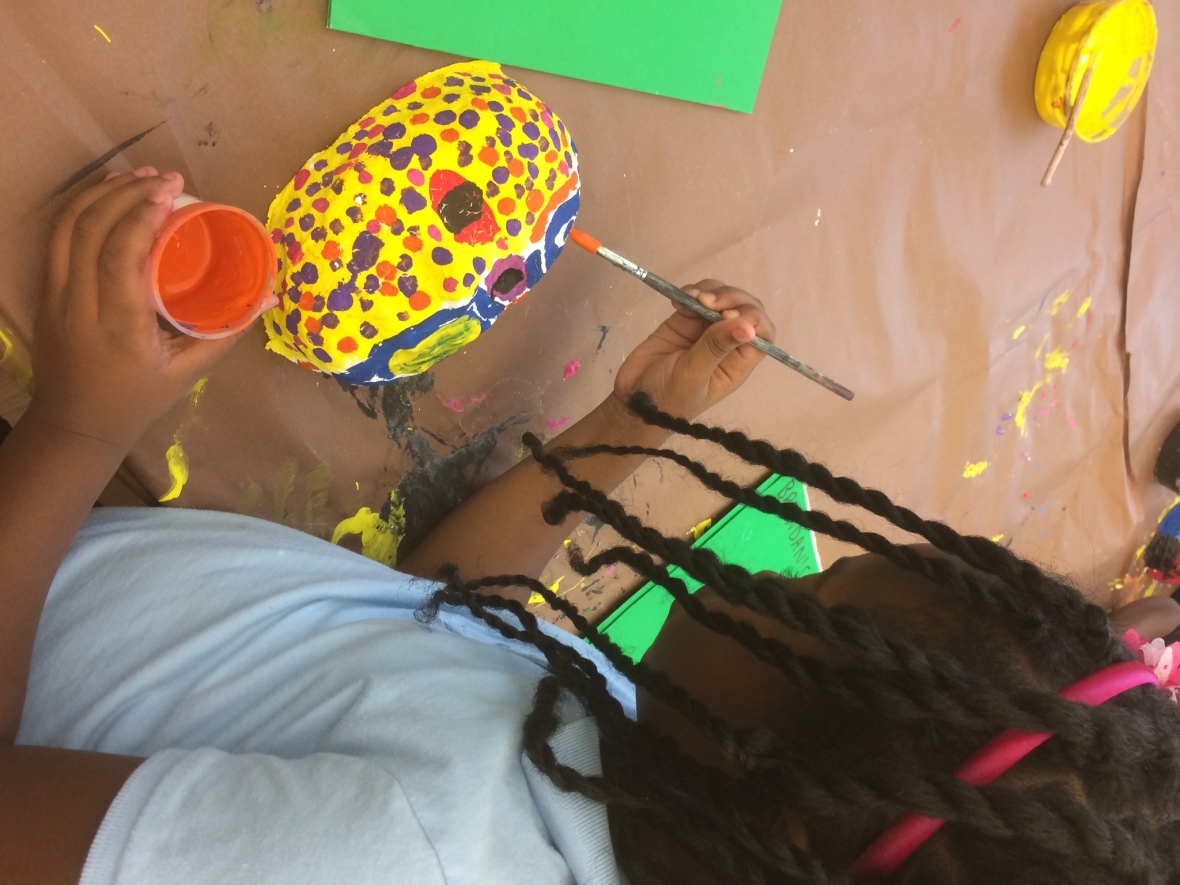Every day, whether we know it or not, we are defining our personal identities through our actions and physical expressions. At the same time, others perceive who they think we are. The way we see ourselves does not always match with how others see us.
In second grade, we took a long, hard look at our developing identities. Some of us identify as athletes, friends, scholars, or all of the above. Others are funny, loud, and thoughtful. In order to look deeper at the way we see ourselves verses the way others see us, we played a game called Identity Bingo. Each student had a bingo card filled with positive identity traits. We all had the opportunity to highlight 5 of the traits we thought best identified us as an individual. Then things got interesting. We were brave enough to let our peers walk around and fill in one space on our bingo card to describe how they perceived us. It was fun to see how a person, who identifies as shy, was perceived as funny or outgoing by a classmate.
After studying a variety of masks created by anyone from ancient civilizations to modern hip hop dance crews like the Jabbawockeez, we concluded that often times, masks are used to hide, disguise, or change who we are. Sometimes, masks serve to make the wearer anonymous or identical to those around them.
We decided that our plaster masks would do just the opposite. We wanted our masks to creatively express the aspects of our identity that may not be obvious to those around us.
We created Identity Masks that represent the way we see ourselves and the way others see us. We chose one word from our BINGO card that we highlighted and one that our peers designated for us. Our masks represent a kind of “split personality,” or the way I see me and the way you see me. The added challenge of this exercise was to come up with ways to use color, line, shape, and space to represent the words we chose. Instead of drawing realistic images to directly describe the words, we used abstract expression to convey meaning through symbols and interpretation. The results are a series of vivid, expressive, abstract interpretations of feelings, and identity traits.
Can you guess the many positive ways our Maury 2nd graders and their peers identify themselves and others?
What would your personal identity mask look like?




































